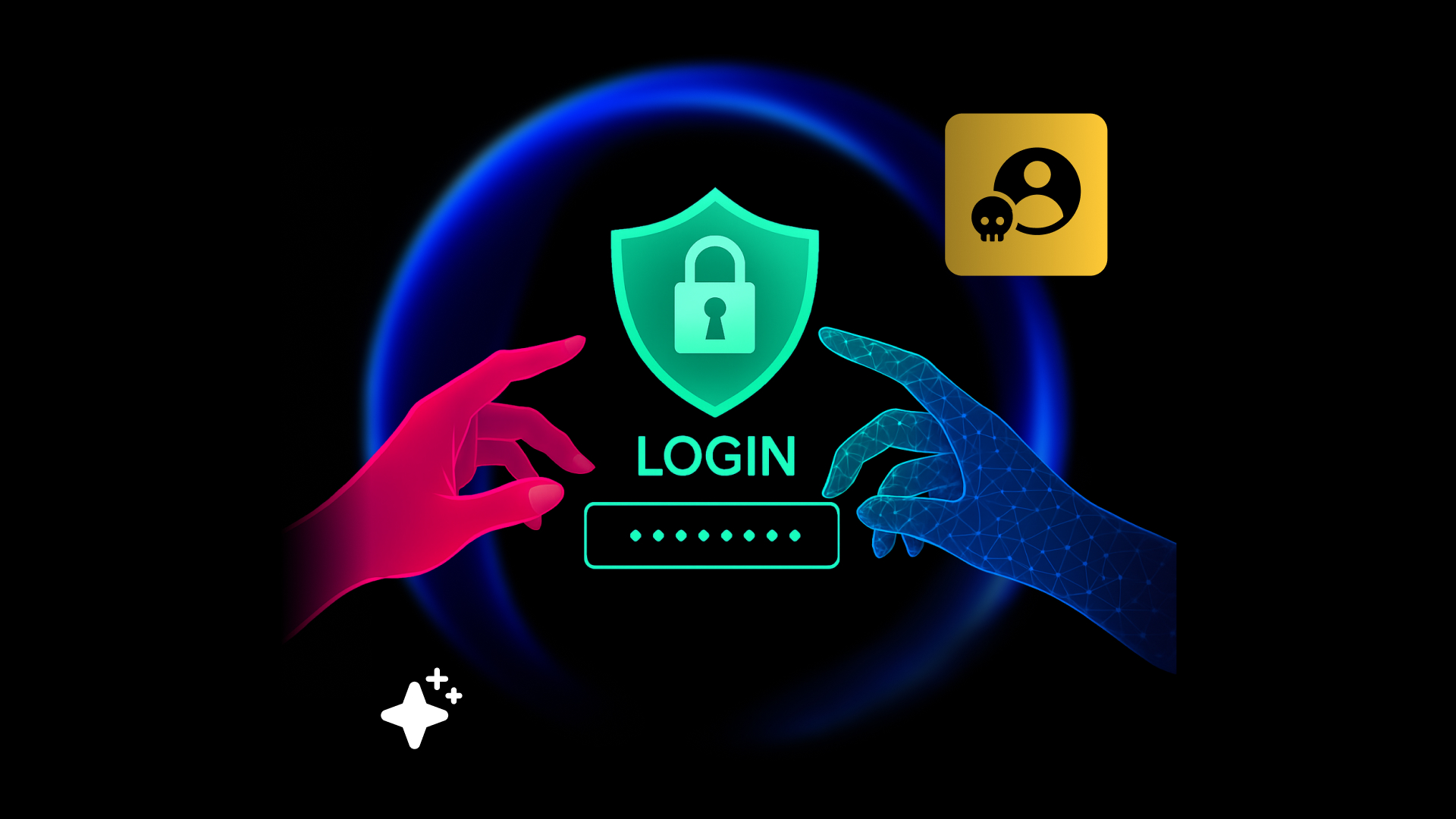Choosing the right tools for your business is crucial for delivering a seamless customer experience and driving growth. It can mean the difference between faulty, inefficient operations and a well-oiled machine that delivers rising revenue. But identifying a worthwhile tool before purchasing it isn’t always easy.
There have never been more options than there are today when it comes to selecting a fraud solution provider. On the surface, many providers look similar, but offer very different outcomes. The main differences between solutions are how easy they make it to understand how fraud impacts your business; whether you have access to the best and most up-to-date fraud strategies; and, how you can take action—or control your fraud strategy—based on these two components. Letting a third-party provider decide who you can or can’t do business with can significantly impact your organization, and it’s important to fully understand the ramifications of decision-as-a-service tools.
When you own and control your fraud program, you get to decide which customers you trust to do business with, so you can provide them with optimized and seamless experiences—platform solutions are key to making this happen, and to building and maintaining a best-in-class Digital Trust & Safety program.
What does it mean to have control?
Having control over your fraud solution means having the ability to streamline trustworthy users while blocking fraudsters from costing you money. Solutions with this level of control offer the ability to modify automated decision logic, customize fraud analyst review screens, and manipulate transactions within a case management system. With platform solutions, businesses can decide and implement controls directly. Whereas with point and decision-as-a-service solutions, it’s up to the provider to make these determinations—regardless of if they’re right or wrong for your unique business.
Why control matters for fraud prevention—and the customer experience
Control is critical to the effectiveness of fraud programs, and the most successful businesses report that when they create their own strategy, they’re able to scale, adapt, and decide on what best suits their company goals.
Scaling: As your business grows and evolves, your fraud program must grow and evolve with it. Maintaining the same manual review rate prior to growth may not be sustainable without adding additional headcount. It becomes crucial to identify good segments of transactions commonly flagged and apply new controls to reduce false positives.
Adapting: Fraud is dynamic and dramatic. The difference between a small and a catastrophic fraud loss rests on being able to respond accurately as attacks evolve, with the ability to add new logic on the fly and rely on ML models that are updated with every analyst decision.
Being a decision maker: The fraud team are the ultimate decision makers when it comes to who can do business with you, as they have the ability to accept and reject each customer. Outsourcing this decision making puts the keys to your business in the hands of a third party. This approach is a popular, temporary solution to budget and bandwidth constraints. But for scaling businesses with high-growth goals, having control over the end-to-end customer experience is foundational to their company values, sustained relevance, and revenue generation.
CoinJar, one of the most well-established, longest-running digital currency exchanges, for example, saw a 133% return on investment using Sift by improving analyst decisioning, risk mitigation accuracy, and overall efficiency.
“The customization controls offered by Sift allow us to cater to our specific needs, which ultimately means our compliance staff can be more efficient.” – Derrick Liew, Senior Financial Accountant at CoinJar
How Sift gives you control over the customer experience through Digital Trust & Safety
At Sift, we believe that control is the single most important component of an effective fraud program. Our solution is purpose-built to deliver maximum control with low-to-no code configurability. Here are a few examples of how customers scale, adapt, and decide on the Sift platform:
- Write custom decision logic: When businesses outsource their fraud program to a decision-as-a-service vendor, they give complete ownership over their fraud decision logic to the solution provider. This limits the business from being able to respond to an emerging fraud attack or create a new policy. Instead they have to submit a request to the vendor. Sift’s Workflows capability allows users to write advanced risk rules on the fly and apply them immediately.
- Simulate and modify machine learning score thresholds: As part of our offering, Sift develops custom models for each customer so they can focus on fraud fighting. But this doesn’t mean that Sift users have no control over the model. Our score threshold tool allows risk strategists to adjust score thresholds as needed.
- Develop custom queues: Sift allows end users to develop customized and dynamic queues to surface the most relevant transactions for fraud analysts. This ensures they are spending their time only focusing on the most important and time sensitive transactions, rather than scouring a generic queue or list in a digital scavenger hunt. Unnecessary time searching for the right transactions to investigate means less time performing their primary responsibility, which is preventing fraud or abuse. Some vendors require you to request new queues, or don’t support custom queues at all because their solution isn’t intended to help fraud fighters. Instead, this takes the responsibility from them as an outsourced solution.
- Apply decisions from link analysis functionality: Link analysis is the ability to identify connections between seemingly unrelated transactions by connecting them to a common data value. It can be a great way to spot organized fraud rings. Most fraud solution providers offer a link analysis tool that displays linked transactions which oftentimes only focus on the visualization. Visualization may be useful to view large data sets, but it doesn’t improve productivity. In fact, some advanced visualizations can actually distract a fraud analyst from meeting their productivity goals. Sift offers link analysis via our Networks functionality and allows users to manipulate linked transactions directly from the visualization. Fraud analysts can also apply decisions in bulk, which helps to speed up productivity.
Before choosing a fraud solution, consider the level of control you’ll have and how it impacts your day-to-day operations. Delegating the decision of who can do business with you to a third party is a choice with significant nuance and impact attached to it, and you should consider the full implications for your business before heading down the third-party path.
Learn more about how to select online fraud prevention solutions in Sift’s Evaluation guide for online fraud solutions.
This is part 1 in our series on the importance of transparency, control, and community in fraud prevention. Go to part 2 here, and stay tuned for the final installment.







